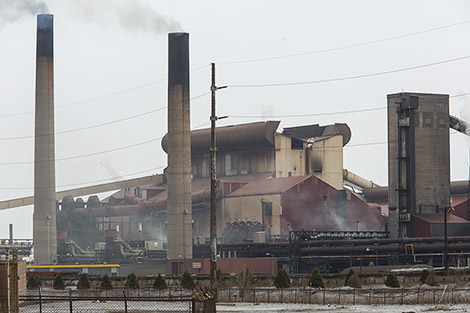
Essar Steel Algoma is seeking $3.5 million in retention bonuses and incentives for 23 executives it says are critical to see it through its current restructuring under the Companies' Creditors Arrangement Act.
The company has served notice that it will ask a Toronto judge later this week to seek approval of the bonuses as part of a KERP (key employee retention plan).
It wants the court to keep the names of the management and operational executives secret, sealed in a confidential court file.
"If these individuals were to depart Algoma, it would be necessary to replace them," says ESA Chief Financial Officer Rajat Marwah in a sworn affidavit.
- You must not have disclosed these arrangements to any person other than your personal representatives and legal advisors (other than any disclosure required by law); and
- Prior to the time that the payment becomes payable, you cannot have: a. resigned; b. been terminated with cause; or c. failed to perform your duties and responsibilities diligently, faithfully and honestly in the opinion of your direct supervisor and the special committee of the board.
- We truly appreciate your continued hard work and importance to Algoma as [position], particularly at this time.
The company proposes making cash retention payments to the 23 employees "upon the earliest of the following events":
- Implementation of a plan of compromise or arrangement sanctioned by the court
- Completion of a sale (or liquidation) of all or substantially all of the assets and operations of Algoma approved by the court;
- termination of a KERP participant's employment by Algoma without cause; and
- December 31, 2016.
Steelworkers Locals 2724 and 2251 and Essar Steel Algoma retirees have served notice that they will oppose the bonuses and the sealing of the list of proposed recipients.
Lawyers from Local 2724 will argue that, because the list is secret, it can't determine whether the employees are key and the amounts payable are appropriate.
Legal representatives for Local 2251 say the union will also be opposing both the KERP and the bonuses.
Previous SooToday coverage of this story
Sheehan talks to Essar CEO. He's not asked to help
'We expect to come out of this a much stronger company' - Kalyan Ghosh
Mayor already talking to Essar Steel Algoma
Essar Steel Algoma to continue operations during restructuring
Essar Steel Algoma enters creditor protection, says report
Province hasn't given promised money to Essar Steel Algoma. Yet